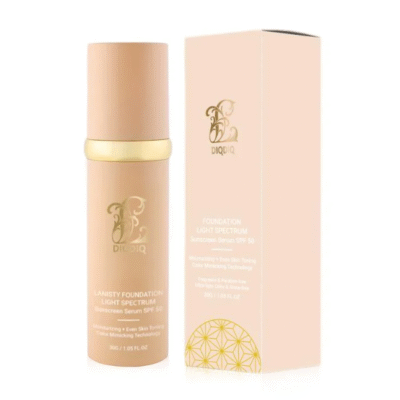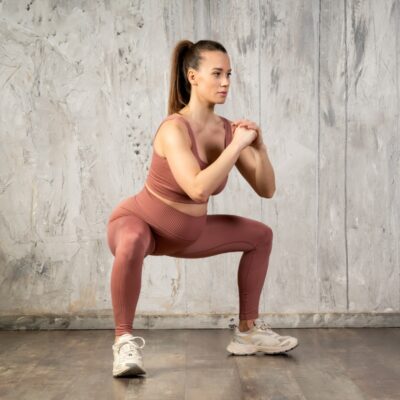Introduction
If you own a cat or dog (or both!), you know the unrelenting struggle: pet hair ends up on your clothes, your couch, your rugs, even your car seats. Many pet owners resort to disposable lint rollers, sticky sheets, or other single-use solutions.
But there’s a better choice for both your home and the environment: reusable pet hair remover. In this article, we’ll explore why switching to a reusable pet hair remover is not only more sustainable, but often more effective — and we’ll draw on products and features from MadeForPets to show what to look for.
The Environmental Cost of Disposable Pet Hair Tools
Every time you grab a disposable lint roller or peel off a sticky sheet, you’re contributing to waste. These rollers are often made with plastic handles, adhesive sheets, and materials that are not recyclable. Over time, the accumulated waste can be significant — especially for homes with multiple pets or heavy shedding breeds.
By contrast, a reusable pet hair remover makes fewer trips to the trash bin. One well-designed reusable tool can last months or even years. That reduces plastic usage, adhesive waste, and the carbon footprint of manufacturing and shipping disposables. If more pet owners switch, the aggregate environmental benefit is meaningful.
What Makes a Reusable Pet Hair Remover Effective?
To deliver both eco-friendly and high performance, a reusable pet hair remover must combine the right materials, design, and usability. Here are key criteria to evaluate:
- Material & Durability
Look for sturdy materials like wood (for handles), quality plastics (BPA-free, food-grade, or durable polymer), or metals. The tool should tolerate repeated use without cracking or losing functionality. - Pet Hair Capture Mechanism
A good reusable pet hair remover often uses static electricity, rubber grips, microfibers, or specialized surfaces that attract and lift fur — without needing adhesives. Some designs also allow you to rinse or brush off the hair and reuse immediately. - Ease of Cleaning
The best reusable tools let you remove the accumulated hair quickly (e.g. by brushing it off, rinsing, or peeling it away) so the tool is ready for the next round. Low maintenance encourages continued use. - Multi-Surface Capability
A superior tool works across fabrics, upholstery, carpets, bedding, and even car interiors. Versatility is key — the more surfaces it can handle, the more value you get. - Ergonomics & Comfort
Handling comfort makes a difference, especially when you’re cleaning large areas. A well shaped handle or grip means less fatigue. - Eco & Safety Certifications
Ideally, the product should be non-toxic, free of harmful chemicals, and manufactured by responsible suppliers. Transparent brands are a plus.
MadeForPets’ Reusable Pet Hair Tools: A Model for What Works
On the MadeForPets website, you can find a Reusable Pet Hair Remover: Wooden Handle Lint Tool among their grooming and pet supplies offerings. This product exemplifies many of the features we just outlined: it uses a wooden handle (a more sustainable raw material than plastic), and it’s designed for repeated use (i.e. it’s not a peeling sticky sheet).
Let’s break down how this product (and ones like it) illustrate the benefits and best practices:
- Sustainable handle: The wooden handle reduces reliance on petroleum-based plastics and can be more biodegradable or recyclable.
- Durable design: Because it’s reusable, you avoid the constant purchase of disposable rollers.
- Versatility: According to the listing, it’s suitable for clothes, carpets, couches, blankets, rugs, pet beds, and more.
- Cost efficiency: The product sells for a one-time price (around USD 7.99) rather than recurring costs.
By selecting tools like this one, pet owners support durable design and reduce long-term waste.
Why the Reusable Option Is Often More Effective than Disposables
You might wonder: disposable sticky rollers are convenient, so are they any worse in performance? In many cases, a well-designed reusable remover can outpace disposables, for several reasons:
- No loss of adhesiveness: A sticky roller’s grip degrades over time (as hair and dust fill the surface). Reusable tools that rely on static, rubber, or microfibers maintain consistent performance.
- Continuous usage: You can keep a reusable tool ready without needing to pause to unwrap a new sheet.
- Better long-term coverage: Because you’re not limited by the number of adhesive sheets, you can clean larger areas without worrying about running out mid-job.
- Less “waste residue”: Some adhesive rollers leave behind bits of sticky residue or broken paper fragments — reusable tools tend not to.
In short: if you pick a high-quality reusable tool, you’re likely to get equal or better results without the recurring cost or waste.
How to Use a Reusable Pet Hair Remover Efficiently
To get the most out of your reusable pet hair remover, here are some practical tips:
- Start with loose fur removal
Use a vacuum or brush to remove the bulk of loose fur from carpets and furniture first. This reduces load on your hair remover. - Work in one direction
Brush or roll in consistent passes so you don’t scatter hair back and forth. - Empty regularly
As soon as the tool collects a noticeable amount of hair, clean it (by brushing it off or rinsing) so performance remains optimal. - Use gentle pressure
Harsh pushing can damage delicate fabrics. Let the tool do the work by allowing its material (static or microfiber) to attract the hair. - Store in a dry space
If rinsable, make sure it dries fully before storage to prevent mildew or odor. - Have multiple tools for purpose
Use one tool for upholstery and another for clothing or soft fabrics. This ensures cross-contamination is minimized (especially helpful for allergy sufferers).
The Broader Benefits for You and Your Home
Switching to a reusable pet hair remover offers more than just environmental gains. Here are additional advantages:
1. Long-Term Cost Savings
Disposables add up. A box of adhesive sheets or a pack of rollers might cost several dollars, and you’ll go through them quickly in a multi-pet home. A well-made reusable tool, purchased once, can last a long time, making it more economical in the long run.
2. Cleaner Indoor Air & Fewer Microplastics
By reducing disposable plastic and adhesive waste, you reduce microplastics in your home environment. Fewer plastics also mean reduced off-gassing or chemical residue in your indoor air.
3. Better Aesthetic & Feel
Reusable tools tend to have nicer design finishes, better weight balance, and more pleasant handling — as seen with the wooden-handled model from MadeForPets. (Made For Pets)
4. Positive Ethical Choice
Choosing reusable over disposable reflects a mindset of conscious consumption. It’s a small but meaningful step in reducing single-use waste — and in encouraging manufacturers to prioritize sustainability.
5. Durability & Reliability
Because reusable removers are built for repeated cycles, they are inherently more robust. You won’t face disappointing adhesive breakdowns mid-cleaning session.
What to Watch Out for (and Avoid)
Not all reusable pet hair removers are created equal. Here are pitfalls to steer clear of:
- Flimsy materials: Cheap plastics crack, warp, or degrade quickly.
- Poor hair retention: If the tool can’t actually lift and hold fur, it fails its core function.
- Hard to clean: If you struggle to remove the collected hair, you’ll avoid using it.
- Limited surface compatibility: A remover that only works on one surface is far less useful.
- Opaque supply chains: Be wary of products whose origins or materials are unclear.
Choosing a reputable vendor — like MadeForPets, which sells a wooden-handled lint tool and other grooming supplies — helps mitigate these risks.
Conclusion
Switching to a reusable pet hair remover offers numerous benefits, including environmental sustainability, cost savings, and enhanced efficiency.
By making this change, pet owners can maintain a clean and healthy home while contributing to a more sustainable future. Investing in a high-quality reusable pet hair remover is a step towards responsible pet ownership and a cleaner, greener environment.





